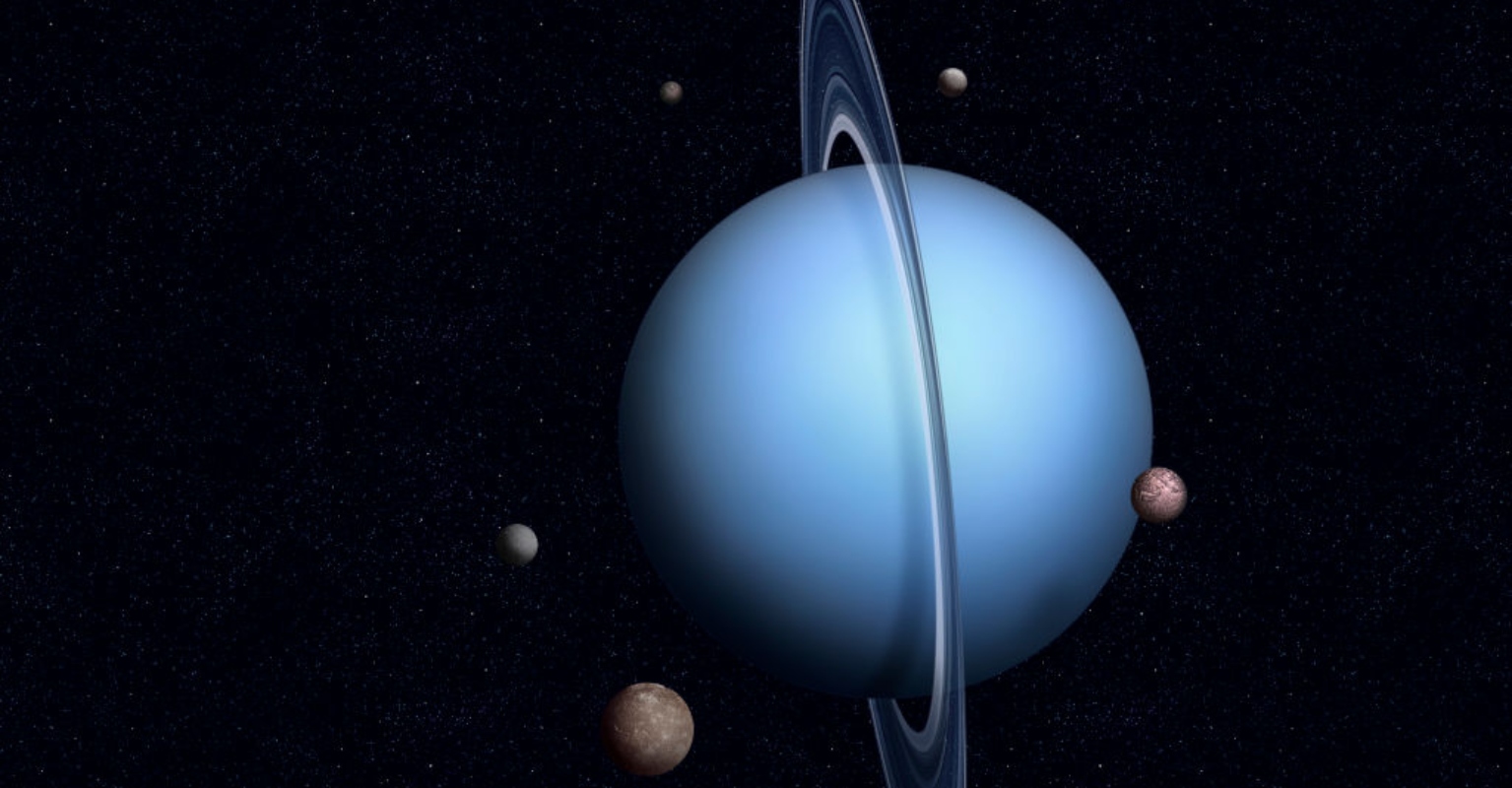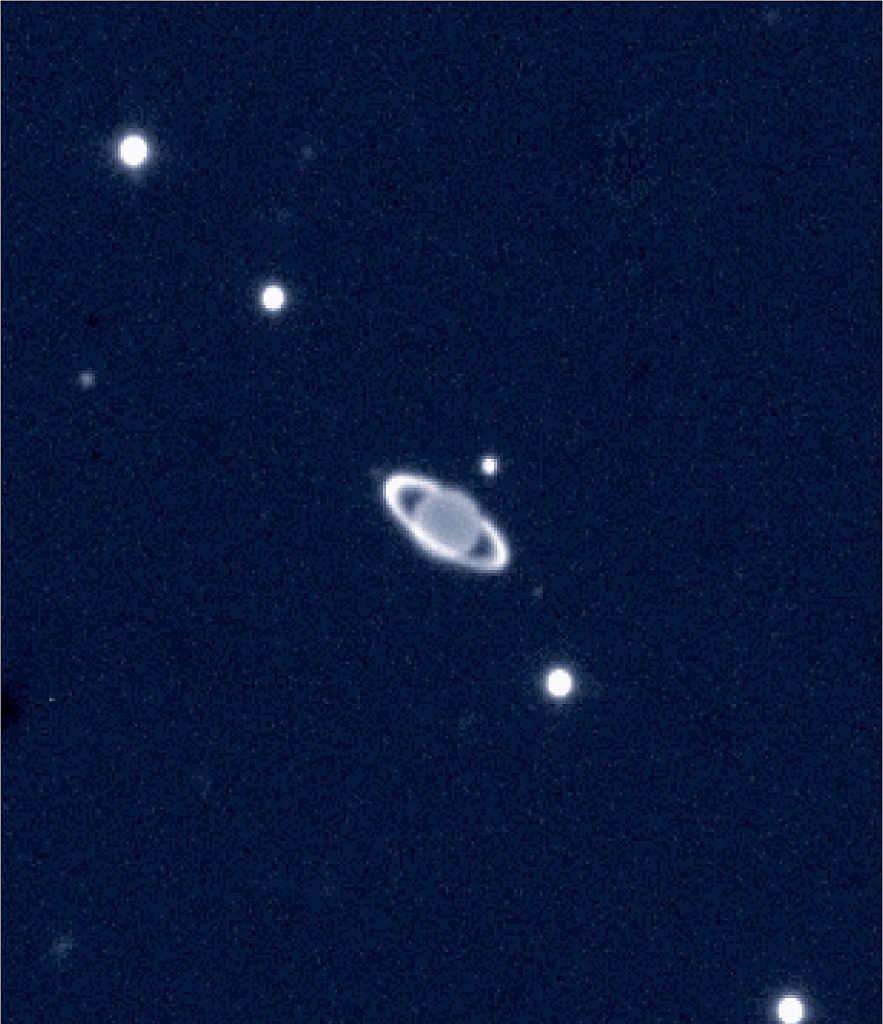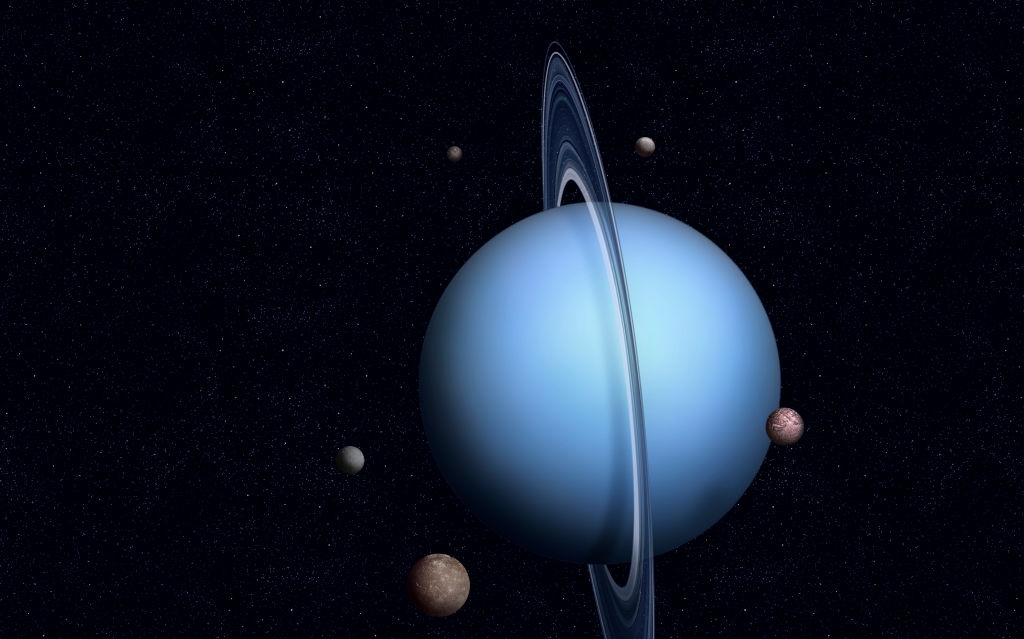
Get ready to see Uranus like you've never seen it before as NASA has treated us to some images of never-seen-before features of the planet.
Many people have pondered what the planet might hold and these discoveries will help future missions to head to Uranus.
As reported by the New York Post, NASA's James Webb Space Telescope has revealed some incredible new images, which have given us the first glimpse at the incredible ring of Uranus.
Okay, now we've had a laugh at the word Uranus, let's get on with the actual cool bit.
Take a look at the new images below:The stunning visuals, released on Monday, provide an unprecedented perspective of the icy giant and its intricate ring system, along with other celestial features.
Captured through the lens of NASA's high-powered telescope, the images showcase Uranus adorned with both inner and outer rings, highlighting nine of its 27 known moons and a distinctive seasonal polar cap.
Among the revelations is the debut of the "elusive" Zeta ring, an ethereal and faint ring in close proximity to the planet, presenting itself in a striking reddish-brown hue. Multiple other rings are depicted in a captivating glowing blue.
The James Webb telescope doesn't just focus on the aesthetic; it also offers glimpses into the atmospheric dynamics of the frigid planet. The images reveal Uranus' seasonal north polar cloud cap and several storms in its vicinity.

Uranus, with its extreme seasons, owes its peculiar climate to a unique characteristic - it spins on its side at a tilt of approximately 98 degrees. This axial tilt results in an extraordinary seasonal cycle where one pole experiences sunlight while the other plunges into a prolonged 21-year winter.
"With Webb’s unparalleled infrared resolution and sensitivity, astronomers now see Uranus and its unique features with groundbreaking new clarity," states NASA. The detailed imagery, especially of the enigmatic Zeta ring, proves invaluable for future mission planning to Uranus.
NASA emphasizes the significance of Uranus as a key player in advancing our understanding of exoplanets. The planet and its newfound images will aid scientists in studying nearly 2,000 exoplanets of similar size discovered over the past few decades.

"This 'exoplanet in our backyard' can help astronomers understand how planets of this size work, what their meteorology is like, and how they formed," asserts NASA. "This can, in turn, help us understand our own solar system as a whole by placing it in a larger context."
Hopefully, you've enjoyed this detailed look at Uranus.















